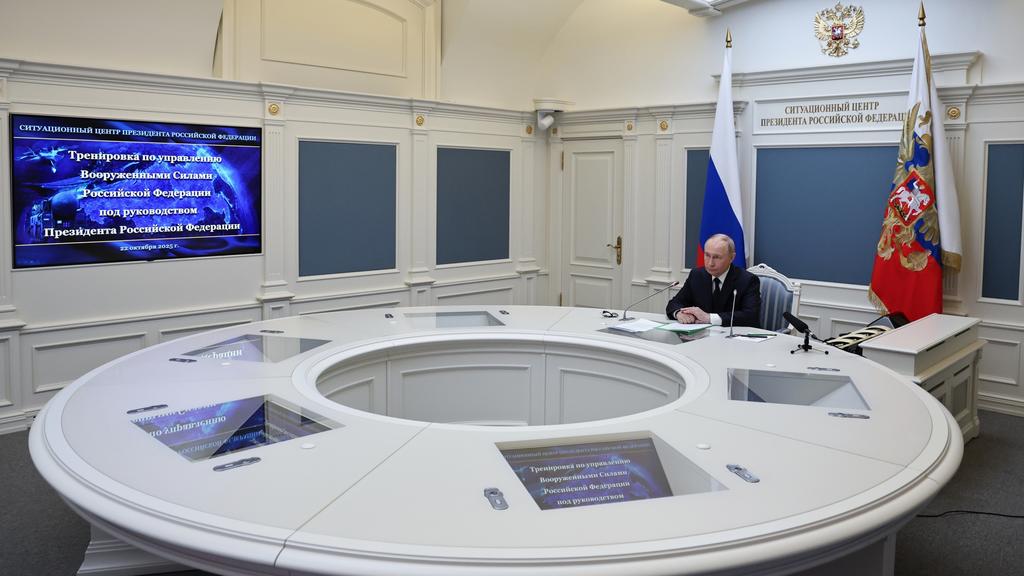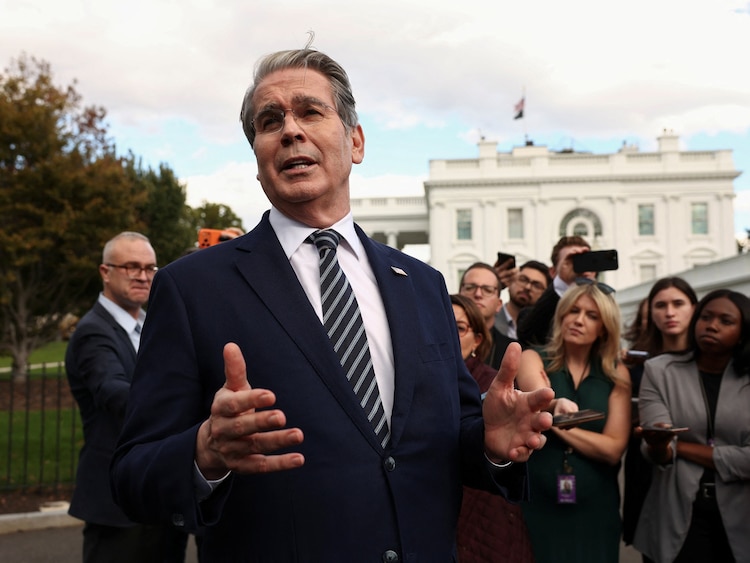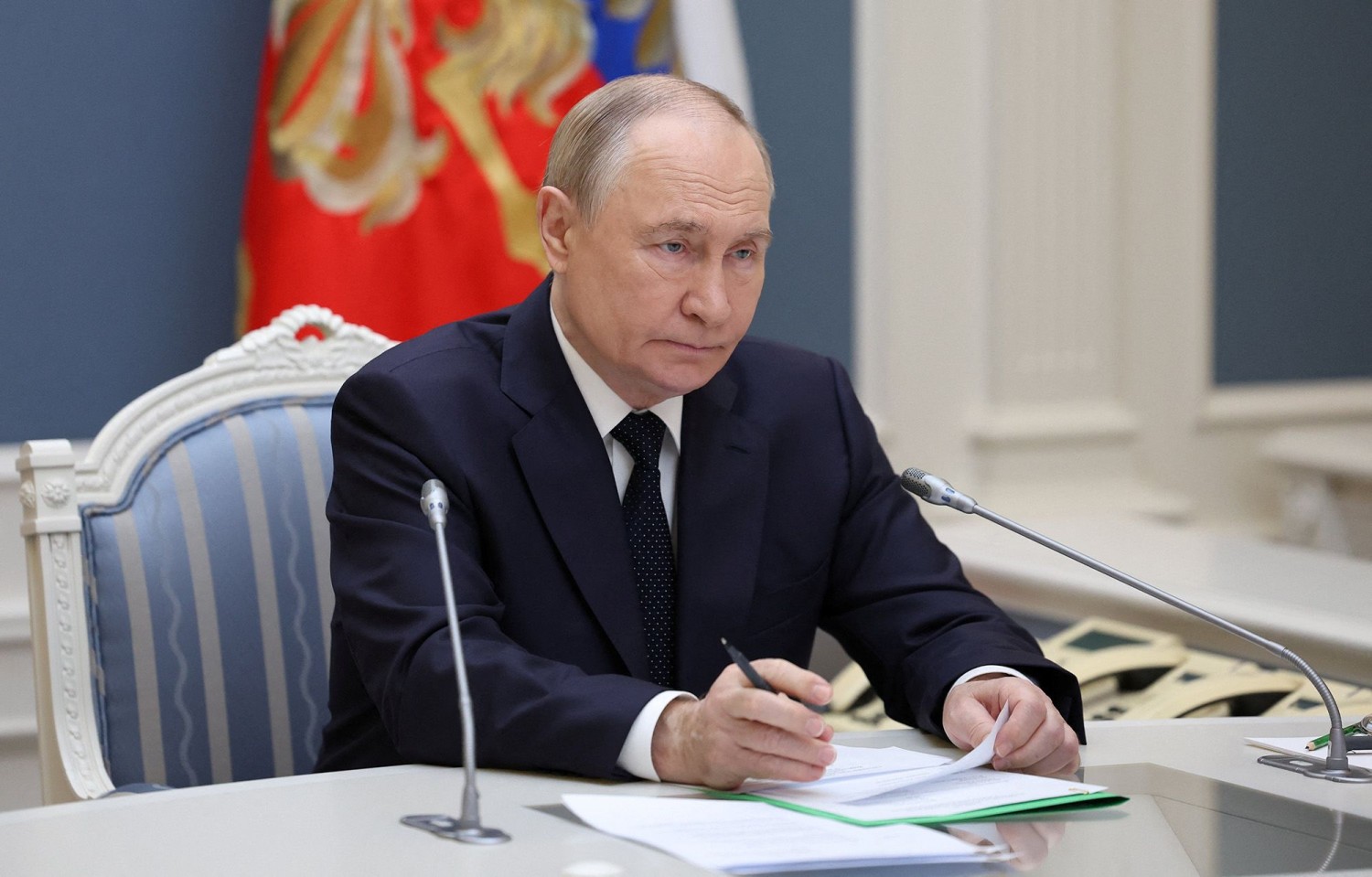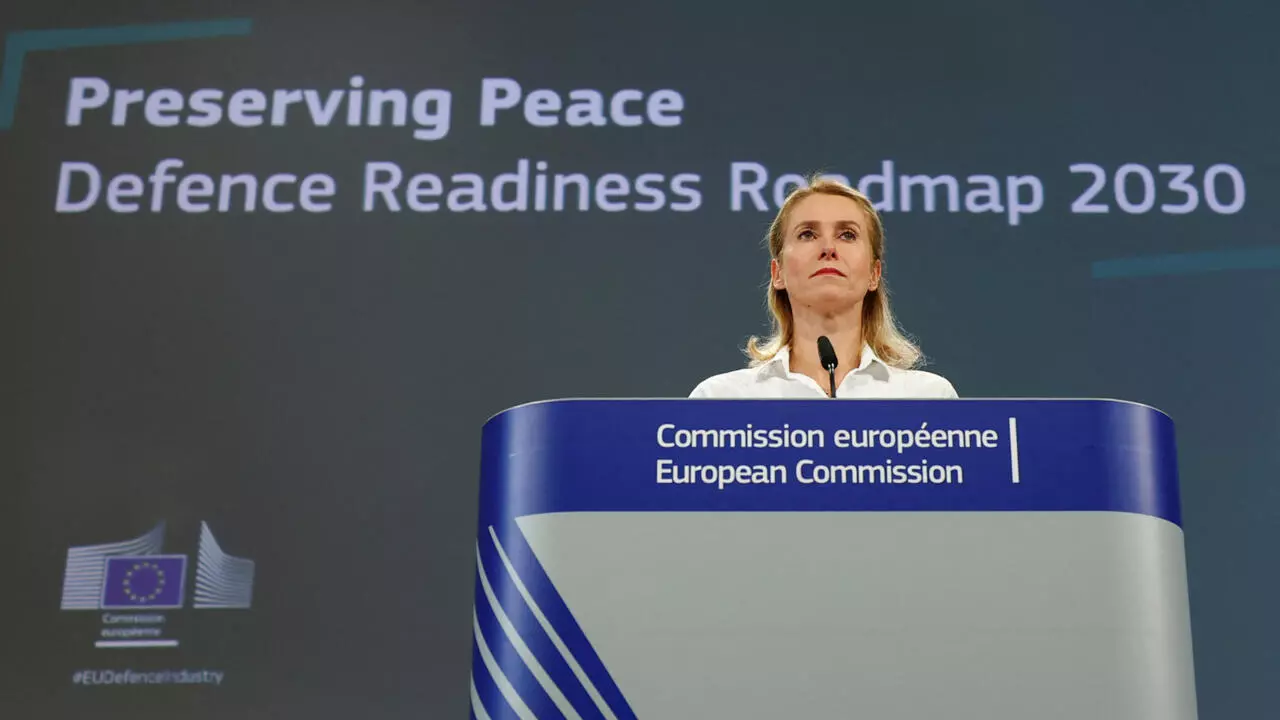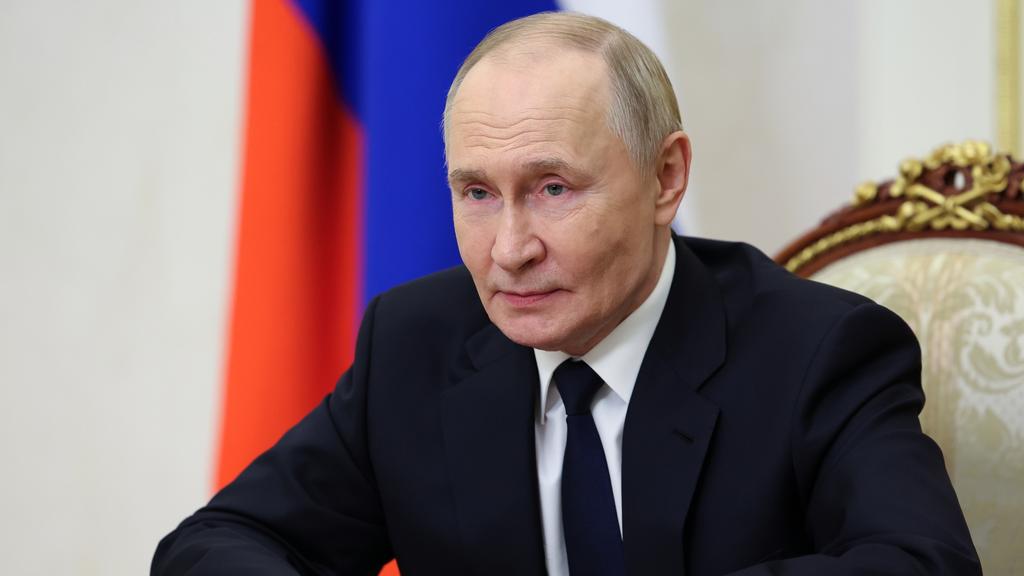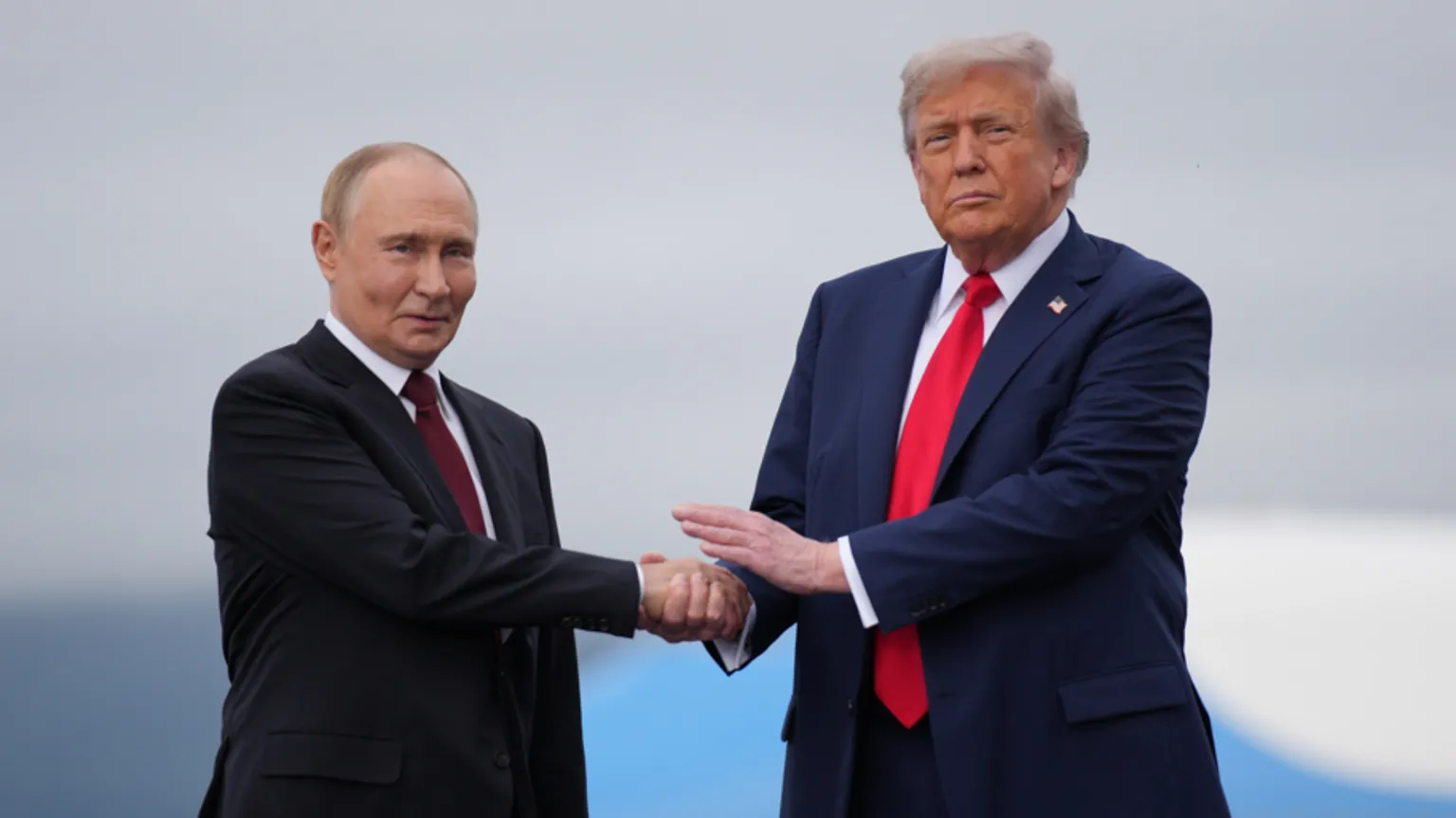
This article is more than
2 year oldWith Western support for Ukraine flagging, a protracted war is in Vladimir Putin’s interest

What if we lose? Or rather, what if the war ends in a resolution that Ukrainians and most of us in the West would deem unsatisfactory? Most wars do not end in a clear victory for one party. This may one of them.
Recently, there has been a shift in the stated views in Western capitals. The consensus expectation in Washington, Berlin and London right now is that the war will continue for several years. Neither side has the superiority in terms of soldiers and equipment to inflict a decisive victory over the other.
[See also: Italy is too large to save but cannot be left to fail. Eventually, something has to give]
Just contrast this assessment with the euphoria of last year. I recall the retired US general Ben Hodges claiming in September that Ukraine now had “irreversible momentum” (see Encounter, p14). The truth is that even military experts know less than they think they do. Predicting the outcome of a war is a mug’s game. A stalemate is, of course, only one of several plausible scenarios. But it is not an unreasonable one.
The overwhelming reason Western expectations have shifted so strongly is a generalised failure to agree precise war goals. I know of at least four.
First, the maximal goal is regime change. When Gordon Brown writes that we owe it to the Ukrainians to bring Vladimir Putin to a war crimes tribunal, he is demanding exactly this. How else would you get Putin to The Hague? There’s no way we are going to kidnap him. A war crimes tribunal would require a putsch in Moscow, and a new Russian government willing to extradite Putin. Some east European politicians support that goal. Olaf Scholz and Emmanuel Macron surely do not.
Second, a still ambitious, but somewhat less extreme, goal would be to push Russia out of all occupied Ukrainian territories, including Crimea, which Russia annexed in 2014.
A third, more limited goal would be a return to the borders of 23 February 2022, the day before Putin started his invasion.
Scholz cannot even bring himself to support that. He merely says Russia must not win. Scholz is signalling that he is willing to settle for less: goal number four, a muddy compromise. Ambiguity is what keeps the Western alliance together for now. But ambiguity has a terrible price. It will divide us as the final stages of the war approach.
[See also: On the “war kitsch” of All Quiet on the Western Front]
Instead of a unified goal, we have red lines. The reddest of them all is that we do not wish to engage directly with Russia. The US, the UK and Germany do not want to send fighter aircraft for this reason. Fighter planes come with support staff who would have to operate from Ukrainian air bases. It would take the West a step closer to direct military engagement with Russia.
Also, Europeans can only send as much military equipment as they have, minus what they need. They have a lot less than official numbers suggest. Many European countries, including Germany, Italy and Spain, skimped on their defence budgets. A large number of Leopard 2 battle tanks and Eurofighters are not working. Instead of buying spare parts, the German Bundeswehr has been cannibalising its existing gear – tearing out bits from some tanks to repair others.
In addition, no European country wants to be seen acting alone, fearing it might become a Russian target. When Scholz finally agreed to send Leopard 2 tanks to Ukraine, he struggled to get other European leaders to chip in with tanks of their own. There had been an awful lot of tank-delivery virtue-signalling going in European capitals beforehand. If anything, this means Scholz will act even more cautiously in future.
What is also now starting to happen is that public support for weapons deliveries to Ukraine is starting to weaken. That is certainly the case in Germany. A recent poll showed 33 per cent in favour of continued military support for Ukraine, with 49 per cent opposed.
Enthusiasm for continued support of Ukraine is greater in the US, but is sliding there too. A recent poll suggested 48 per cent of Americans are in favour of weapons deliveries and 29 per cent opposed. In May 2022, the number of Americans in favour was 60 per cent. Democrats tend to be more in favour of military and financial support for Ukraine, while Republicans tend to be opposed. We should not take it for granted that US support for Ukraine will survive the 2024 election campaign.
If the US were to reduce support, so would Germany. The dominoes would fall. This is what Putin is betting on. A long war is in his best interests.
Here is my own scenario of how this war might end. It is a scenario, not a forecast: trench warfare will continue; the Ukrainian counter-offensive will succeed, but only partially. An attention-deficit-afflicted West will eventually lose stamina because politics intrudes. Pressure will grow for a peace deal that will guarantee Ukraine’s independence, and the return of most, but not all of its territories. Ukraine will not become a member of Nato. The EU will help reconstruct Ukraine, and offer a close relationship, but one that falls short of full membership. Putin will remain in power in Moscow. There will be no war crimes tribunal. The sanctions will be lifted – but by then Russia and China will have formed a strategic economic and military alliance. Putin will press ahead with his next project, the annexation of Belarus.
Is this an unreasonable scenario? If you think it is not, then ask yourself: what will this do to the West, to the cohesion of the EU and the transatlantic alliance?
Prepare for disappointment.
[See also: Olaf Scholz’s dithering on Ukraine is paying off at home]
